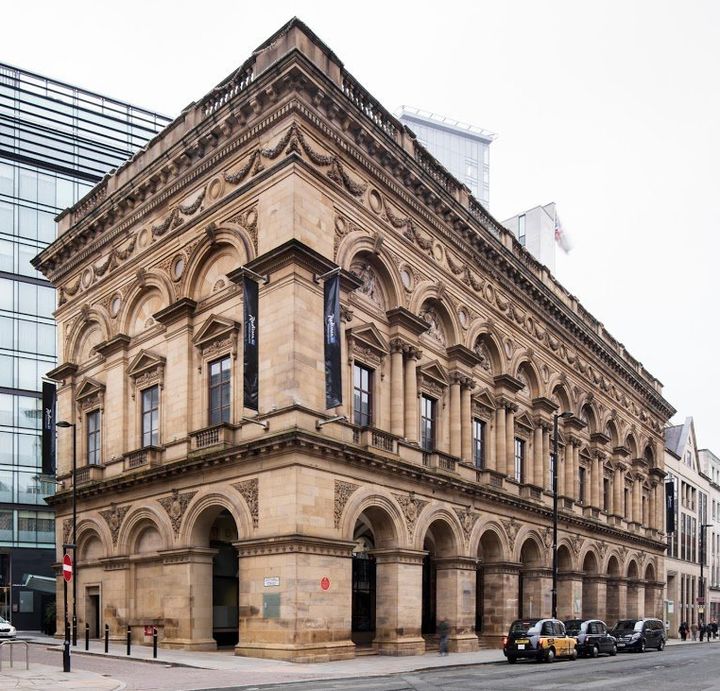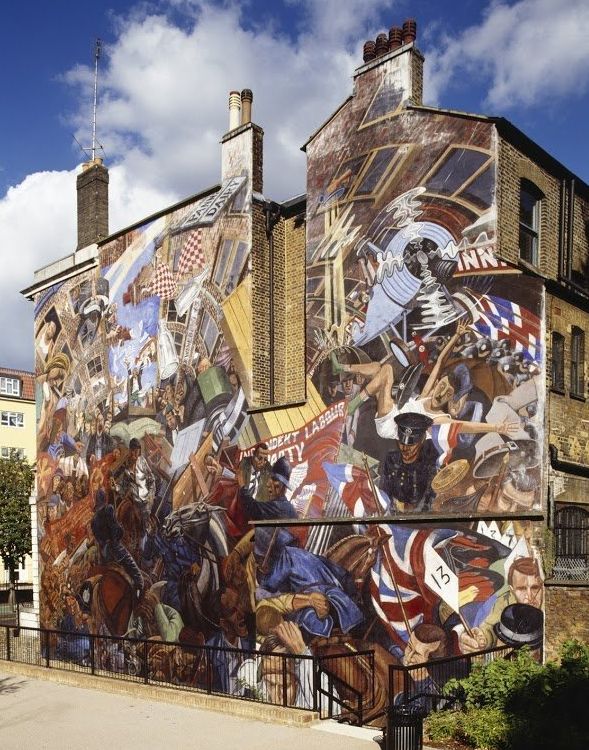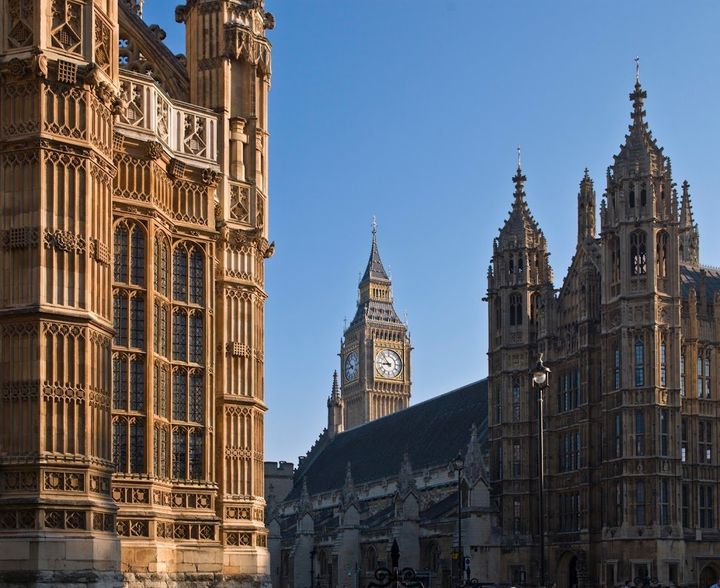A 300-year-old tree, regarded as the birthplace of the trade union movement, and Bristol bus station, the site of an anti-racist demonstration inspired by Martin Luther King in the US, are among a new list of places that chronicle England’s history of protest and progress.
The list has been compiled by the historian, David Olusoga, who chose 10 historical places from hundreds of public nominations as part of a Historic England campaign.
As well as sites of protest, he also chose sites that represent power and progress – including the Pitman’s Parliament in Durham Miners’ Hall, 73 Riding House Street in London, where Olaudah Equiano, the formerly enslaved abolitionist campaigner, once lived, and Ernest Rutherford’s former physics laboratory, where he discovered the structure of the atom in 1911.
The Battle of Britain bunker in Uxbridge, London and the Bosworth Battlefield in Leicestershire also make the list. So here’s a fascinating look at the five places that have defined protest, trade unionism and the civil rights movement in this country:
Peter Street, Manchester

The Peterloo massacre in August 1819, on the site where the Free Trade Hall now stands in Manchester, was one of the bloodiest clashes in British political history. It has since been called one of the defining moments of its age and remains a key moment in the history of democracy.
It began when a huge crowd of men, women and children poured into Manchester’s St Peter’s Fields to hear the orator Henry Hunt speak at what was meant to be a peaceful rally calling for political reform and better representation in parliament.
Leaving walking sticks and anything that could be construed as a weapon behind, the crowd, dressed in their Sunday best, were determined to show they were peaceful. But local magistrates, fearing more revolutionary and violent intentions, sent in armed forces to disperse them.
The first to die was a baby, trampled under horses’ hooves. A further 14 people were killed and more than 650 were said to have been injured.
With the 200th anniversary coming up, Olusoga said: “The nation is about to reconnect with this critically important event. The site needs to be better known.”
Bristol Bus Station, Wapping Road, Bristol

The Bristol bus boycott in 1963 was a watershed moment – and a step on the road towards the UK’s first ever laws on race-based discrimination.
It began when 18 year-old Guy Bailey arrived for a job interview at the state-owned Bristol Omnibus Company only to be turned away, with the manager telling him that they “don’t employ black people”.
Locals Paul Stephenson and Roy Hackett organised a boycott of the network in protest of what was called a “colour bar”, which was the open secret that no non-white driver or conductor had ever been employed by the company.
Some of their white neighbours joined the boycott and soon, high-profile politicians lent their support too, with Tony Benn, who was at the time MP for Bristol South East, declaring he would “stay off the buses, even if I have to find a bike”.
On 28 August 1963 the managers announced there would now be “complete integration” on the buses, “without regard to race, colour or creed”. Not long after, discrimination in public places and in employment was banned by Harold Wilson’s government.
Olusoga said: “In the context of the times this was an incredibly important and dignified protest, carefully linked to the wider Civil Rights struggle.”
Cable Street, East London

The Battle of Cable Street took place on 4 October 1936 in East London. Anti-fascist protesters, including local Jewish, socialist, anarchist, Irish and communist groups, clashed with the Metropolitan Police, who were protecting a march by the British Union of Fascists (known as the Blackshirts), led by Oswald Mosley.
The Blackshirts had become the largest organised anti-semitic force in Britain by 1936, and the march was planned to celebrate its 4th birthday in London’s East End, where many Jews lived. But the march’s route was blocked by counter protestors culminating in a standoff in Cable Street.
Six thousand police tried to clear the area, attacking protesters who were building barricades, but people fought back with sticks, chair legs and other improvised weapons. Women in houses along the street joined in by throwing rubbish and the contents of chamber pots at the police.
As a result, Mosley was forced to retreat and the anti-fascist protestors marched to Victoria Park, heralding a victory for the Jewish community and the people of the East End.
Olusoga said that although this was a violent protest,“as a nation we should be more aware and proud” of the Battle of Cable Street.
A sycamore in the village of Tolpuddle, Dorset

In 1834 a group of farm workers from Dorset who had been barred from church halls and other indoor spaces sheltered under a Sycamore tree in the heart of the village of Tolpuddle to discuss long hours and small wages.
They formed an outlawed workers’ association to seek employees’ rights, which made them pioneers of the trade union movement, but they were soon found out by a local landowner who had them arrested. After being tried, they were sent to Australia as common criminals and forced into convict labour.
Many working class people rose up in support of the “Martyrs”, and a massive demonstration was held in London protesting their sentence. After three years, the government relented and the men returned as heroes.
Olusoga called the site “iconic” and said it was important to highlight as the history of trade unions is “under-expressed”.
The Palace of Westminster, London

Known as the “mother of all parliaments”, the Palace of Westminster has been the site for pivotal moments in the history of democracy.
It has also been the focus for protest for generations including in the early 13 century when barons became dissatisfied with arbitrary royal rule and during the women’s suffrage movement when Emily Wilding Davison hid in a cupboard to protest women’s inability to vote.
Historic England said: “Its importance lies in its physical fabric but also in what it has witnessed and what it represents.”
